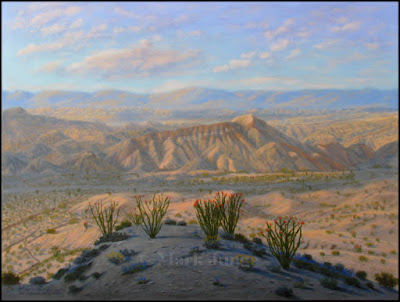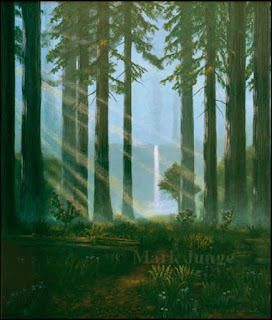Badlands is my newest painting!
 |
| Badlands 18" x 24" / 46cm x 61cm |
I don't do paintings of badlands formations very often. Frankly, badlands have a LOT of stuff to paint, and sometimes I'm just not patient enough, although I know I have to be to get the look I want.
I think I like the way this one turned out!
Your educational info:
- "Anza" refers to Spanish explorer Juan Bautista de Anza, 1774;
- "Borrego" is Spanish for "sheep," especially a youngun;
- "Carrizo" is apparently the Spanish vernacular name of plants found in a carrizal, an area of reeds;
- "Ocotillo" (oh-koh-TEE-yo) = “little torch” in Spanish.












